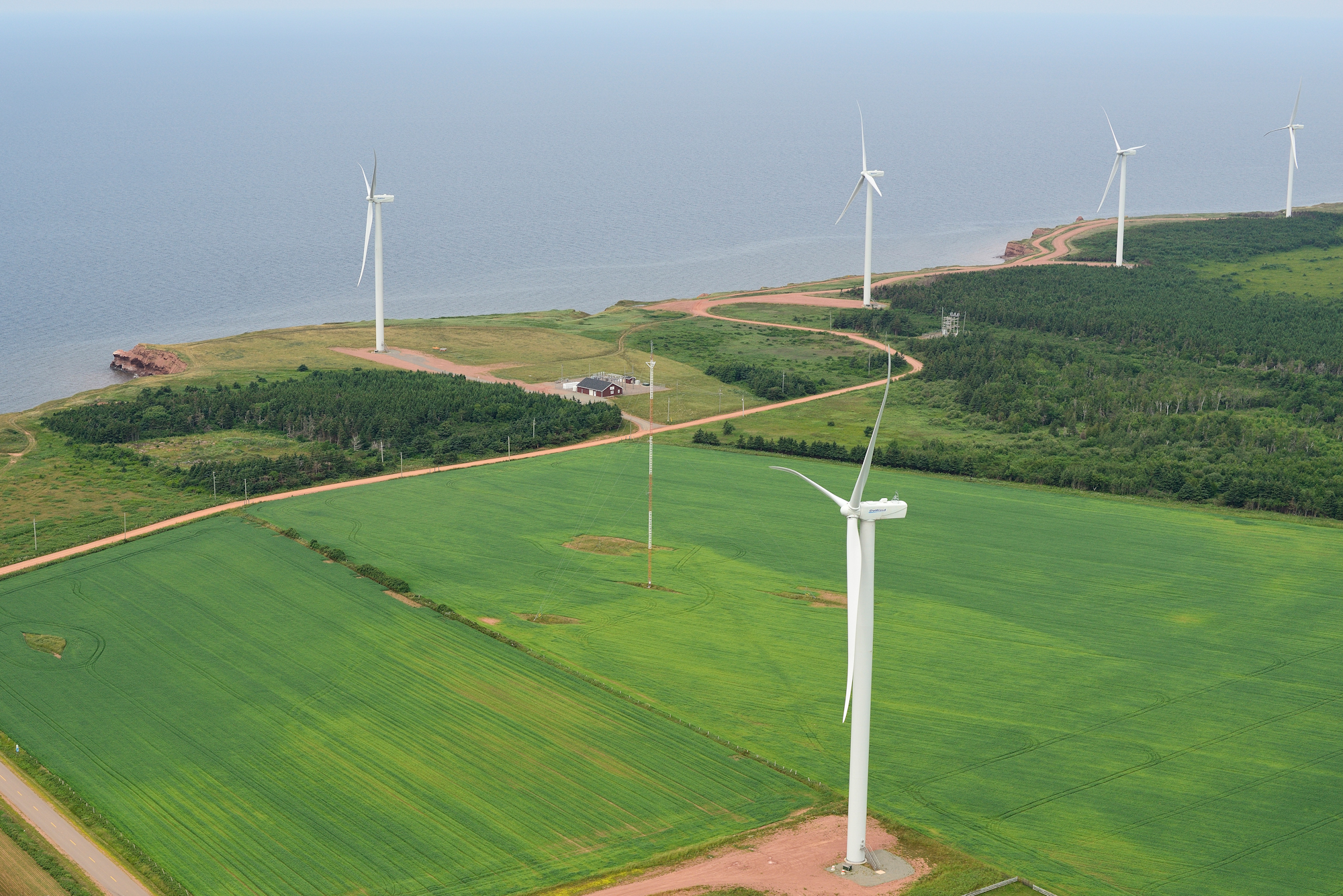

June 23, 2020

As wind turbines replace conventional power generators, the ability of wind turbines to provide ancillary services is seen as increasingly critical to maintain grid stability. However, grid and system operators in many parts of the world have yet to explore and exploit wind generation’s full capabilities.
With funding through Natural Resources Canada’s Program for Energy Research and Development, WEICan provides empirical evidence for the ability of wind turbines to provide the service of secondary frequency regulation (aka AGC, Automatic Generation Control).
In consultation with system operators and research partners, WEICan used historical AGC signals provided by Alberta Electric System Operator to examine the ability of two types of wind turbines (IEC types IV and V) to follow a four second signal, both above and below rated wind speed. These tests were performed using WEICan’s 10 MW Wind R&D Park in North Cape, Prince Edward Island, as well as Saskatchewan Research Council’s Cowessess site in Regina, Saskatchewan. The ability of a battery storage system to improve the wind turbine’s ability to provide AGC was also tested.
Results indicate that the wind turbines can perform well to provide secondary frequency regulation. Performance is measured through the metrics of performance scores from the National Research Council of Canada and the Pennsylvania-Jersey-Maryland (PJM) system operator, the latter accounting for delays, precision, and accuracy in following the signal. While performance scores were found to increase with increasing power levels, PJM performance scores from even a single wind turbine were comparable to gas power plants.
Despite the requirement of power curtailment to provide AGC, WEICan shows that providing regulation can be profitable for the wind farm operator when using WEICan’s own measured annual power generation data and spot-price and regulation market data from the PJM system operator.
Using battery storage improves the performance score and income but not enough to justify the purchase cost of a battery storage system.
Demonstrations that provide empirical data such as this allow electrical grid system operators and wind turbine operators to realize the possibilities that exist in utilizing wind turbines on the electric grid beyond simply providing energy. Demonstrations such as this are vital in increasing wind turbine penetration on the electric grid.